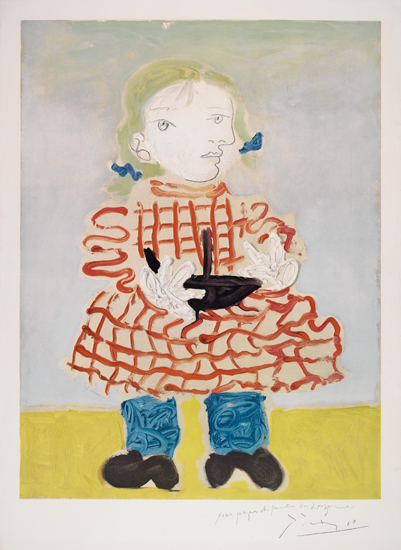
As the recent events in Afghanistan hit the headlines, I reflect on the importance of humanizing distant tragedies and the unique ability of artists to do so.
A notable example is Picasso's monumental Guernica painting, which is over 25 feet wide. This is not just a work of art, but a piece of history that captures the horrors of modern warfare in a modern style.
The painting (reproduced in this photograph on a wall in the Basque city of Guernica) represents a specific event. On April 26, 1937, Guernica was subjected to the world's first carpet bombing of civilians. Spain was in the midst of the Spanish Civil War (1936-1939), in which the democratically elected government clashed with the fascist General Francisco Franco. Franco allowed his fascist ally Adolf Hitler to test the new German air force, using the city as a guinea pig to suppress the enemy Basques. The invasion destroyed the city and caused unprecedented destruction (although this was common in 1944).
News of the attack reached Pablo Picasso, a Spaniard living in Paris. Horrified by what was happening to his country, Picasso immediately set to painting scenes of destruction as he imagined them.
Bombs fall and destroy a peaceful village. The woman screams at the sky, the horse screams, and the man falls to the ground and dies. The bull - the symbol of Spain - watches everything, looks at the mother and her dead child ... modern "pieta".
The abstract and cubist style of Picasso reinforces his idea. Picked up the bombed parts and it looks like it stuck to the canvas. Black and white voices announce the attack, and newspaper images create a dark and unsettling situation.
Picasso chose universal symbols and commented on his work on all wars. A horse with a spear on its back represents humanity, succumbing to cruelty. The fallen knight's hand is cut off and his sword is broken, other signs of defeat. Often a proud sign of power, Taurus is powerless and fearful. The frightened dove of peace just cries. The whole scene is brightly lit by a hollow bulb lit from above. Picasso's paintings shed light on the brutality of Hitler and Franco. And suddenly the whole world was watching.
The painting was shown at the Paris exhibition in 1937 and immediately attracted his attention. For the first time the world saw the destructive power of the growing fascist movement - it was the beginning of the Second World War.
Finally, Franco won the Spanish Civil War and ruled the country with an iron fist for the next 36 years. Picasso vowed never to return to Franco's Spain. Thus, "Guernica" was exhibited in New York until the death of Franco (1975), which put an end to his many years of exile. Picasso's masterpiece is now in Madrid as the national art of Spain.
Every year the canvas seems more and more prophetic - it is dedicated not only to the thousands who died in Guernica, but also to the 500,000 victims of the fierce civil war in Spain, the 55 million victims of World War II and countless other recent wars. Picasso superimposed a human face on what is now called "collateral damage".

